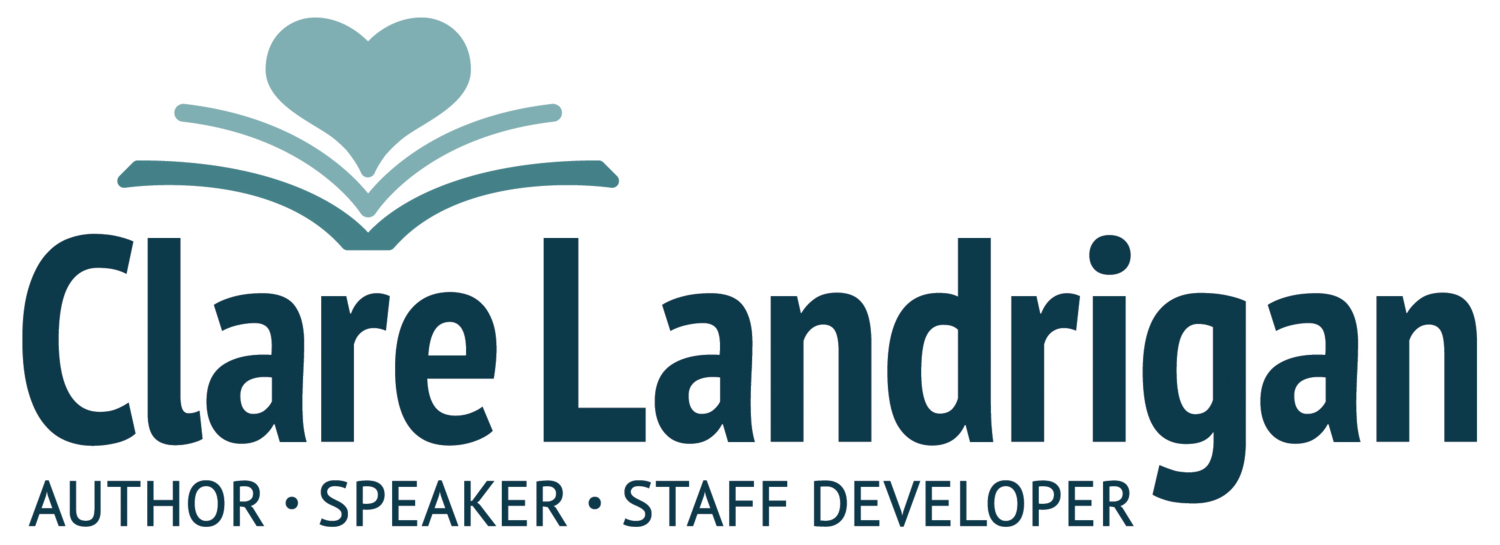My Zone of PD: Welcome to Writing Workshop #CyberPD
As I read chapters 1-4 in Welcome to Writing Workshop, I couldn’t help thinking about the gradual release of responsibility. We need to think about, plan for, organize for, and assess for the gradual release of responsibility. Really everything we do needs to set our students up for independence. I love how Stacey and Lynne use this framework right away in chapter one. Too often the gradual release of responsibility is left out of the workshop conversation. If we focus on the flow of instruction in workshop, but the connection between the parts is missing we risk over-scaffolding. As we think about setting up the systems and structures of workshop we need to be mindful how these are being used to do more than manage our writers, they need to support our writers as they practice, approximate, and revise.
Stacey and Lynne highlighted a few ideas I have been thinking a lot about lately in my collaboration with teachers and students. There is a lot of time and space between teacher support and student independence in an elementary classroom. We need to think about how the learning environment can support our students in the work they are doing. Fraser said, ”The learning environment is “the third teacher” that can either enhance the kind of learning that optimizes our students’ potential to respond creatively and meaningfully to future challenges or detract from it.” (2012) Books are the perfect support for a writer. They are in our classroom environment. Books don’t over-scaffold, they are always available, and they are never pressed for time!
Teachers spend a lot of time planning the texts they will use to model in their lessons. Sometimes these texts are out of our students’ zone of proximal development. They can watch us use these texts, but they cannot independently use them as a tool. I have been helping teachers add a section to the classroom library for mentor texts that will be used by the students. We typically add the basket without anything in it. Whenever a student finds a text with a craft move in it, she can add it to the basket. This creates a fluidity between reading and writing workshop and invites students to choose which texts work best for them. When the going gets rough as a writer, one of the best things to do is get up and go to the classroom library. Whenever I am stuck as a writer, I read. I want students to have that same opportunity. Here are some baskets we have created:
Love how this teacher added the series students wrote to the classroom library so kids could use them as mentor texts!
Student and teacher writing should also be in these baskets!
I love watching kids study mentor texts:
Chapter 2 explores the how to design the classroom environment to support agency, choice and voice. “A literacy-rich environment for writing may include, but is not limited to, classroom libraries that contain a variety of genres and text types and copies of mentor texts (the books the teacher uses for minilessons and read alouds), anchor charts and word walls.” (p.39) This is critical. I love how Lynne and Stacey are making the reading-writing connection a priority in workshop. This is how we will get our young friends to read like a writer and try out new craft moves in their writing.
Check out this book and join me to discuss it with other educators throughout July - https://mewe.com/group/5cd21a9fc712d722722831b2 #CyberPD








